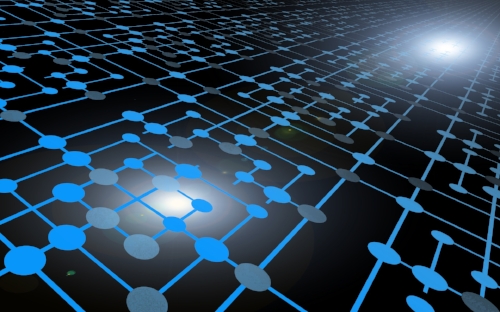Much is made in the media of the rise of the Internet of Things. This phrase refers to the many physical devices around us that are now connected to the internet such as a Nest thermostat or a Fitbit wrist band. The wave of internet-connected devices seeking to make our lives simpler and more efficient is not limited to home automation. More and more we’re seeing technologies designed for monitoring or managing large facilities or offices.
This brings us to a crucial question: Can the right IOT technologies revolutionize the way we use water?
There are promising opportunities both currently in use and on the horizon to make that change possible. Here are a few pieces of water-related IOT devices and how they contribute to eliminating water waste or increasing efficiency.
This brings us to a crucial question: Can the right IOT technologies revolutionize the way we use water?
There are promising opportunities both currently in use and on the horizon to make that change possible. Here are a few pieces of water-related IOT devices and how they contribute to eliminating water waste or increasing efficiency.
AMI Meters
AMI or Advanced Metering Infrastructure systems are essentially the IOT’s answer to the water meter that a utility uses to measure a customer’s water use. There was a time when the meter on your property had to be read manually every month, but now AMI meters can send a signal to your water utility telling them how much water has been used every few hours.
This amount of information, when used in conjunction with an overall AMI system, can allow utilities to notify property owners of leaks on their property (water that is constantly running for a long period) or even determine where leaks are in their own system. Not only does this allow for leaks to be repaired more efficiently, saving tremendous amounts of water, but it also prevents the utility company from losing valuable water, which saves them money.
For water consumers, AMI meters may provide additional insight into water use without the constant need to read physical water meters. Some AMI systems are using software to display a property’s water use quickly and highlight issues so that property owners can more easily monitor their use.
While pricy, we’re starting to see AMI systems implemented in cities like San Diego and North Miami Beach where they’ve had success.
Information Leads to Conservation
IOT devices such as cloud-connected meters, flow monitoring devices, and irrigation systems are constantly collecting data, which can offer building owners and occupants unprecedented levels of information about their water use.
Whether updated hourly or monthly, the ability to access usage information makes people more aware of their water use and the result is that water users are empowered to more effectively implement conservation efforts and monitor the success of those efforts.
As utilities and municipalities look to implement conservation programs, providing their customers with data and information is crucial, but just as important is to provide users with the right information in an easily digestible manner. Information overload can easily backfire.
Automating Water Conservation
IOT technology has the opportunity to quickly analyze and improve water efficiency in areas where overuse is occurring. Irrigation is a great example. The EPA estimates that “as much as 50 percent of water used for irrigation is wasted due to evaporation, wind, or runoff caused by inefficient irrigation methods and systems”.
Irrigation systems that are connected to weather stations or sensors immediately improve this situation because they know not to water in the rain or other obvious wasteful practices. More advanced systems offer additional water savings by considering additional factors such as plant types, soil type, exact weather conditions, and other property-specific details. Taking the guess-work out of irrigation easily eliminates one of the biggest sources of waste on a property.
The water-saving opportunities offered by IOT technology are already promising and as new technology and sensors are developed, the possibilities are rapidly expanding.


